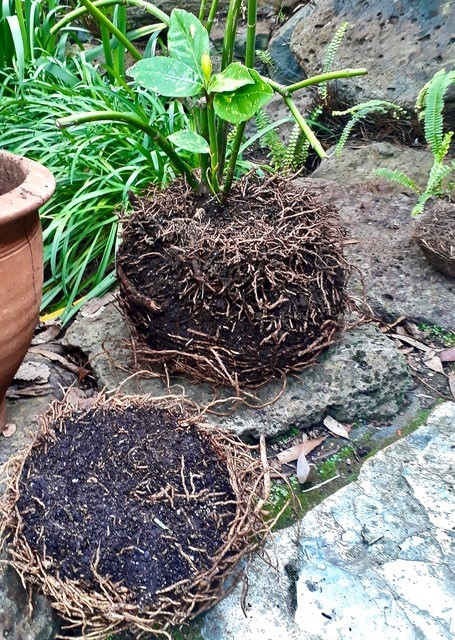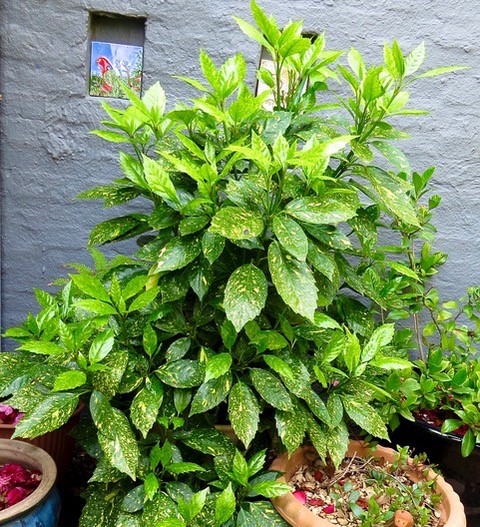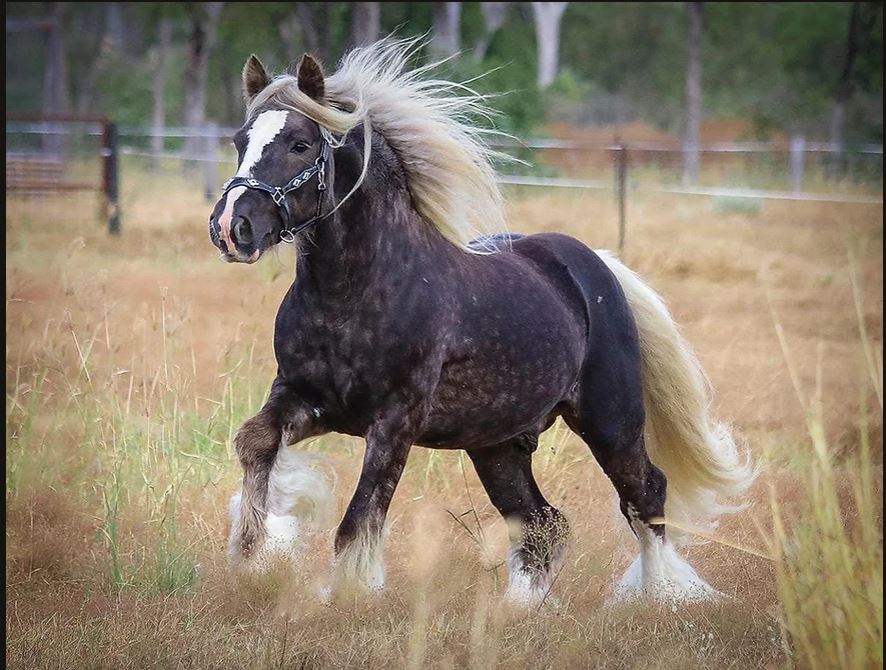November 4th, 2020Glen, about the house
Some four or so years ago our friends’ move to Ballarat came with the bonus of a beautifully established garden. They also inherited a collection of well-established potted plants.
Most were obviously root-bound and in need of repotting into larger containers, but the aucuba looked almost beyond redemption and was already in a rather large container.
Removing it from its pot revealed a tangled, compressed, pot-wide mass of thick fleshy roots. Rather than seeing it consigned to the compost heap I offered to take it home and hopefully rejuvenate it.
The root mass, as well as being much too large for any of my containers, was so compressed and self-strangulating, that it was necessary for some drastic surgery – namely dissection, more than a little TLC and a suitable spot in the garden for it to become the beautiful plant in the picture.

The 3Rs – Rejuvenate, Repot, Release!
We often wonder why some potted plants, whether they’re newly purchased or long-term possessions, wilt and fail, despite our best attention to their needs.
When shopping for plants one of the worst mistakes is to head for the biggest, strongest looking plants in the batch. If they’re much bigger and tougher-looking than the rest it could mean they’ve been there longest. If you were to tip them out of the pot you would probably find a tightly woven “basket” of roots around the inside of the pot – a sure sign the plant is long overdue for a container upsize.
Being root-bound doesn’t necessarily mean the end for any plant unless it has been left in the pot for so long that the roots have become so inextricably entangled that, without a severe amputation session with your secateurs, the plant will, like as not, slowly self-strangulate.
Almost all but the most delicate root systems will tolerate or even respond to a degree of root pruning. Unfortunately it would seem that it’s always the most precious ones that don’t.

I’ve always followed the school that it’s a good plan to help the small, outer roots of any potted plant with a little loosening massage after a good soaking, pot and all, in a bucket of water to soften up the soil. The longer and thicker those outer roots, the more to remove.
If you think about it, the root system is a mirror image of the upper branches. The only difference is the roots are at the supply end of the water and nourishment and just like the branches, will respond to judicious pruning by “branching out” and creating new rootlets, to help support and supply the plant.
There are no distinct rules to follow, other than leave more than you take and, if the plant is a tree or tall shrub producing a central taproot, leave that one intact if at all possible. Also, choose the cooler months when growth is slowest and the roots are in less demand for moisture.
Repotting
Whether you are planting out into the garden or a larger pot be sure to surround the root ball with a generous layer of a good friable mixture of garden loam, compost or peat moss, to keep the new root growth moist and provide an easy, soft environment in which to develop.
The rescued aucuba
Because there was no evident taproot I was able to successfully dissect that whole root ball without any stress to the plant. A subsequent removal of much of the outer soil and trimming of the roots enabled me to plant it into my largest available pot, which will hopefully be large enough for quite a few more years.
Got a gardening question? Ask Glen. Email glenzgarden@gmail.com










